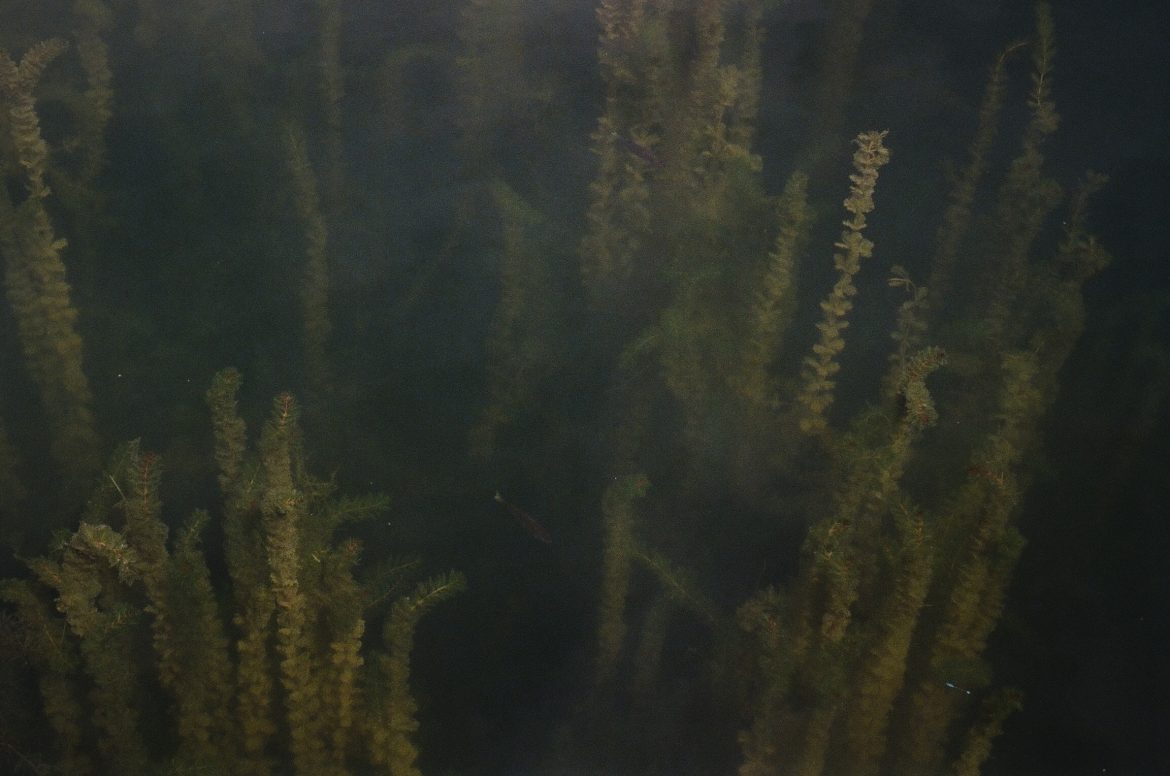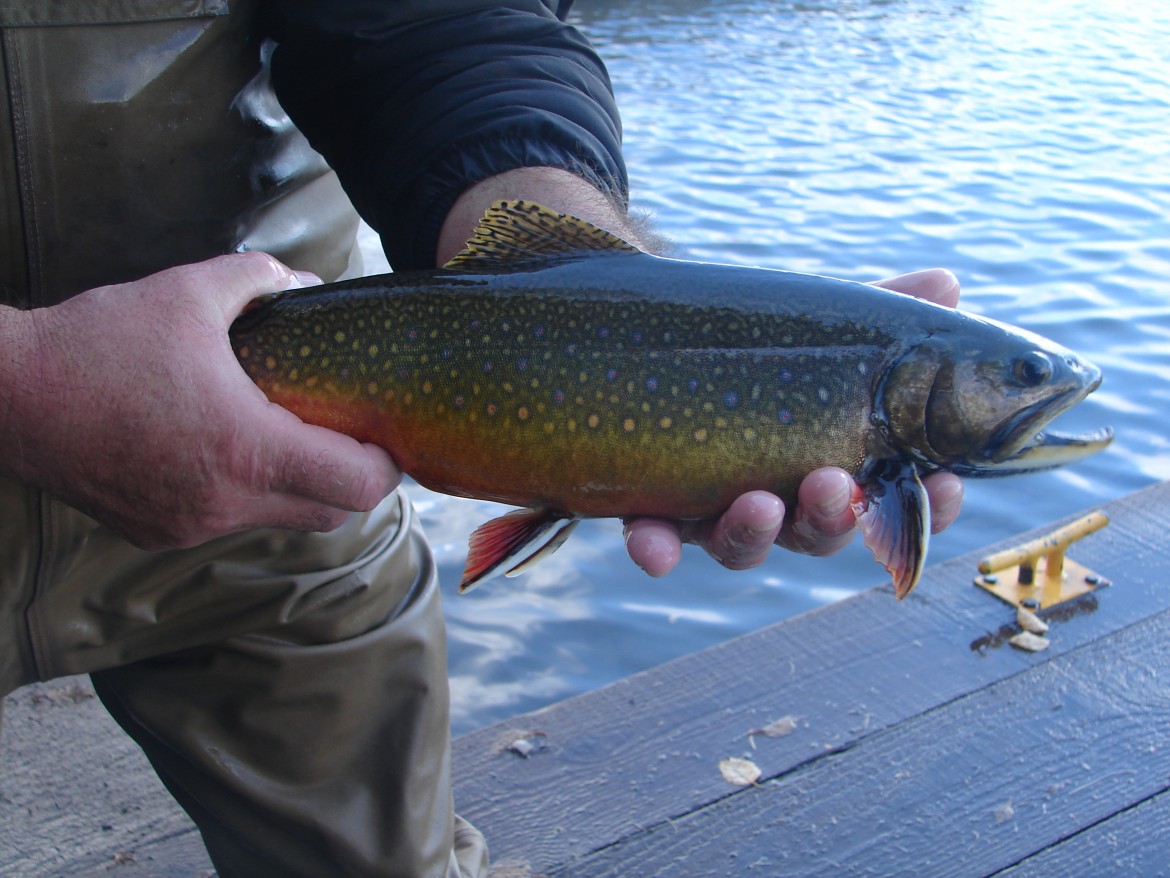You can now track progress on restoring the Great Lakes at a new database provided by the Great Lakes Commission. It focuses on conservation plans implemented by the Great Lakes Restoration Initiative over the past three years, and includes several projects in each of the eight Great Lakes states. The initiative, which is managed by the Environmental Protection Agency, has received more than $220 million since 2010 for wildlife restoration. It has led to hundreds of different environmental endeavors ranging from turtle protection research in Michigan’s Upper Peninsula to a dam removal in eastern New York. The database contains fact sheets on all work from the Great Lakes Restoration Initiative.







